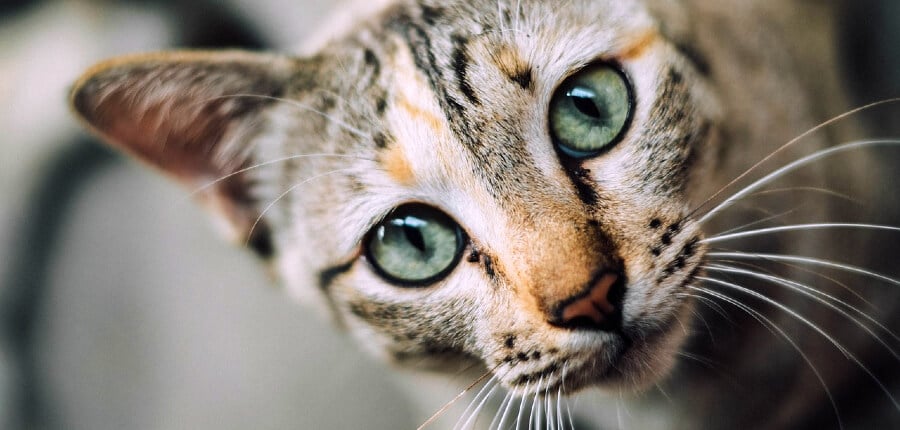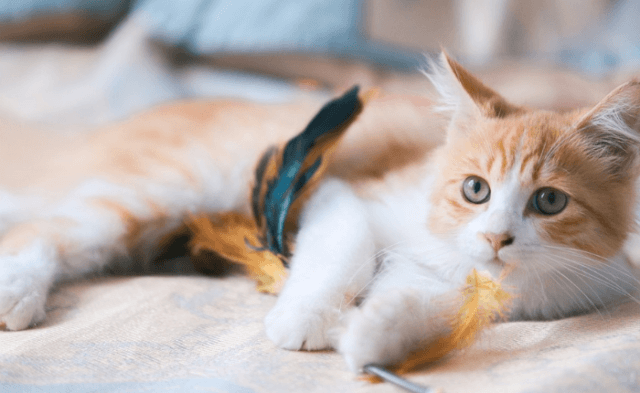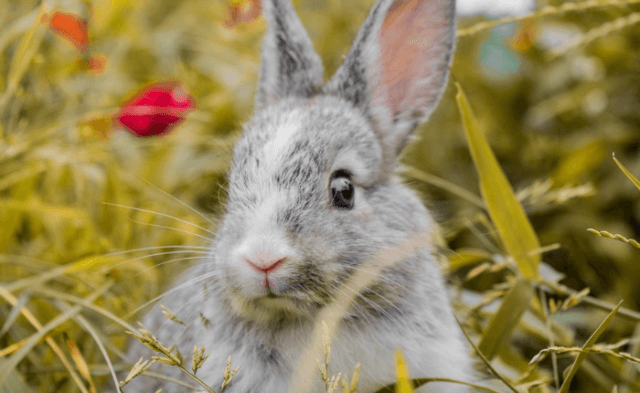Many of us cat guardians think that we really know our cats well enough. But by taking the time, we can actually communicate with them on a whole new level. This can be easily done by paying closer attention to their eyes! Here are some tips that I outlined in my book, 250 Things You Can Do to Make Your Cat Adore You, to get you and your best friend on the same page.
One major way cats communicate is by using their eyes. This is helpful because we have eyes, too.
Cats’ eyes are not exactly like ours, however. Experimenters at the University of Oregon Eugene and other bastions of great learning have wasted vats of federal funds and countless cat lives trying to put to human use knowledge gained from interfering with cats’ eye movements. It can’t be done.
According to veterinary ophthalmologist, Dr. Ned Buyukmichi, “Humans have a very specialized region in their retina with which they see and almost all their vision depends on that specialized area. Cats don’t have that specialized area. Also cats have a much greater ability to see at night. These and other reasons make the information from vision experiments on cats worthless if it is to be applied to humans.”
Veterinarian H. Ellen Whiteley reports that cats can see in light only one-fifth as bright as the faintest light we can see and that their complex ears contain 30 different muscles, whereas ours have only six. But no set of figures or charts can convey the anger, annoyance, bliss, love, and subtler emotions your cat’s extraordinarily expressive eyes hold. So don’t think I was scrimping on design costs when I left out the chart.
Cats’ pupils dilate when they are angry or on the attack, and cats smile at us and other cat friends with appreciative eyes by squinting.
Your cat will slowly, almost, but usually not quite, close her eyes and reopen them while looking at you. When almost closed, the eyes are held at the lowest point for a second. You can return the sentiment by gently squinting back, mimicking the cat’s pattern. It would be rude to do anything less.
If a cat closes her eyes all the way for more than a split second, that is absolute trust in action.
If your cat “smiles” when looking at you, you are observing a private contentment, expressed publicly in the same way you might give a happy sigh in an empty room.
To read eyes, you have to watch closely.
When your cat sees a bird outside the window and that tail starts twitching, compare the look in your cat’s eyes to the look that accompanies a different tail-twitching experience-the appearance of a strange cat. Although your cat’s eyes will dart back and forth in both cases, the first look is reserved for interest in prey, the second for interest in a potential marauder. Although the two looks are different to the seasoned cat observer, both hold elements of annoyance, keen interest, an awareness of the potential for action, reserve, and the need for vigilance.
Annoyance is commonly expressed in joint eye and tail action. If you are not attentive, you can get swatted at or bitten, simply because you missed your cat’s polite warning that he or she was in no mood to be petted or picked up.
Can you read your cat?





